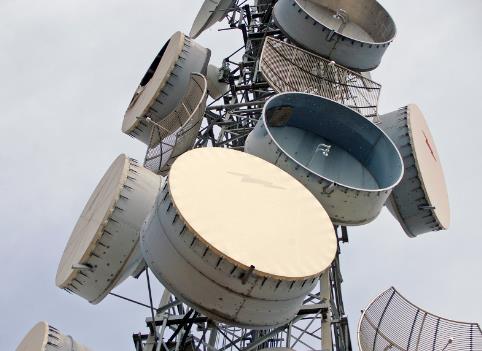What Are the Characteristics of a Ridged Horn Antenna?
A ridged horn antenna is a sophisticated type of horn antenna that is engineered to enhance performance over standard horn designs by incorporating ridges within the horn's structure. This modification significantly expands its utility in various high-frequency applications, including radar, telecommunications, and electromagnetic testing. This article delves into the distinct characteristics of ridged horn antennas that make them uniquely effective and desirable for such applications.

Extended Bandwidth
One of the hallmark features of a ridged horn antenna is its broad operational bandwidth. The ridges inside the horn's body increase the bandwidth significantly compared to a smooth-walled horn antenna. This allows the antenna to operate efficiently over a wider range of frequencies, typically from below 1 GHz to several GHz, depending on the specific design and size of the antenna.
Benefits of Extended Bandwidth:
- Flexibility in Application: Enables the antenna to handle multiple frequency bands simultaneously, which is particularly useful in multi-band communication systems.
- Reduction in System Complexity: Minimizes the need for multiple antennas in a single application, simplifying the overall system design and reducing costs.
Improved Impedance Matching
Impedance matching is critical in antenna design to ensure maximum power transfer between the antenna and the transmission line. Ridged horn antennas offer excellent impedance matching capabilities across their entire operating frequency range. This feature helps to minimize signal reflection at the antenna interface, thereby enhancing the overall efficiency and performance of the communication system.
Enhanced Gain and Directivity
Ridged horn antennas are known for their high gain and directivity, which are essential for achieving long-distance communication and precise signal targeting. The incorporation of ridges helps to focus the electromagnetic energy more effectively, which improves the antenna's ability to direct the radio waves in a concentrated beam.
Key Features:
- Sharper Beam Focus: Provides a more directed energy output, which is crucial for applications requiring targeted signal transmission and reception.
- Increased Gain: Enhances the antenna's sensitivity to weaker signals, which is beneficial for applications in radar and deep-space communications.
Robust and Durable Design
The design of ridged horn antennas often incorporates materials and construction techniques that make them robust and suitable for use in harsh environmental conditions. This durability is essential for military, aerospace, and outdoor telecommunications applications, where reliability and longevity are critical.
Versatile Applications
Telecommunication Systems
In telecommunication systems, the broad bandwidth and high directivity of the ridged horn antenna allow for efficient signal transmission over long distances, making it an ideal choice for point-to-point communication links.
Radar Systems
Ridged horn antennas are extensively used in radar systems due to their high gain and ability to operate over a wide range of frequencies. This makes them suitable for various radar applications, from weather monitoring to military surveillance.
Scientific Research
In scientific settings, such as radio astronomy and electromagnetic field measurements, ridged horn antennas offer the precision and wide frequency range necessary for gathering detailed data and conducting comprehensive analyses.
Conclusion
The ridged horn antenna stands out in the field of antenna technology due to its extended bandwidth, improved impedance matching, and enhanced gain and directivity. These characteristics make it a versatile and powerful tool in advanced communication systems, radar technology, and scientific research, where performance and reliability are paramount. As demands for higher frequency operations and more robust communication systems grow, the ridged horn antenna remains a key component in meeting these complex challenges.